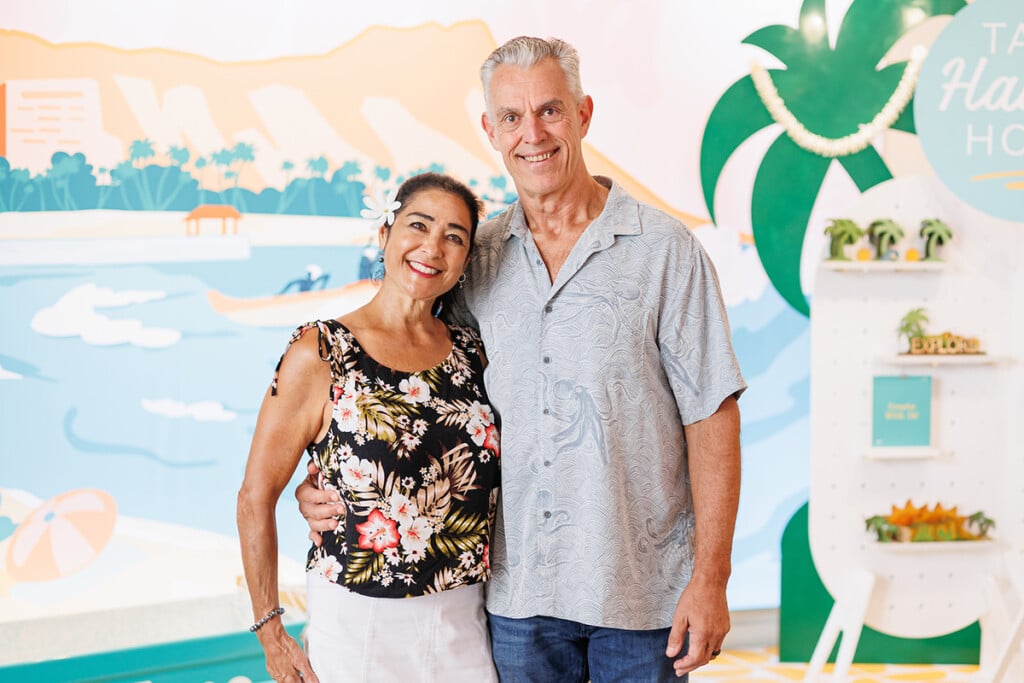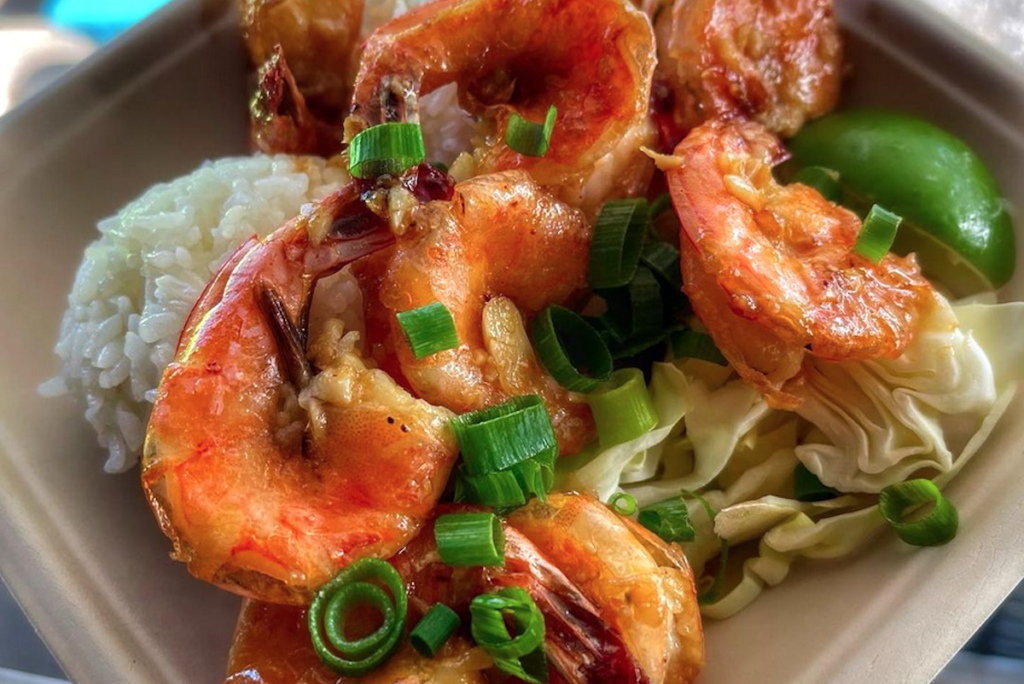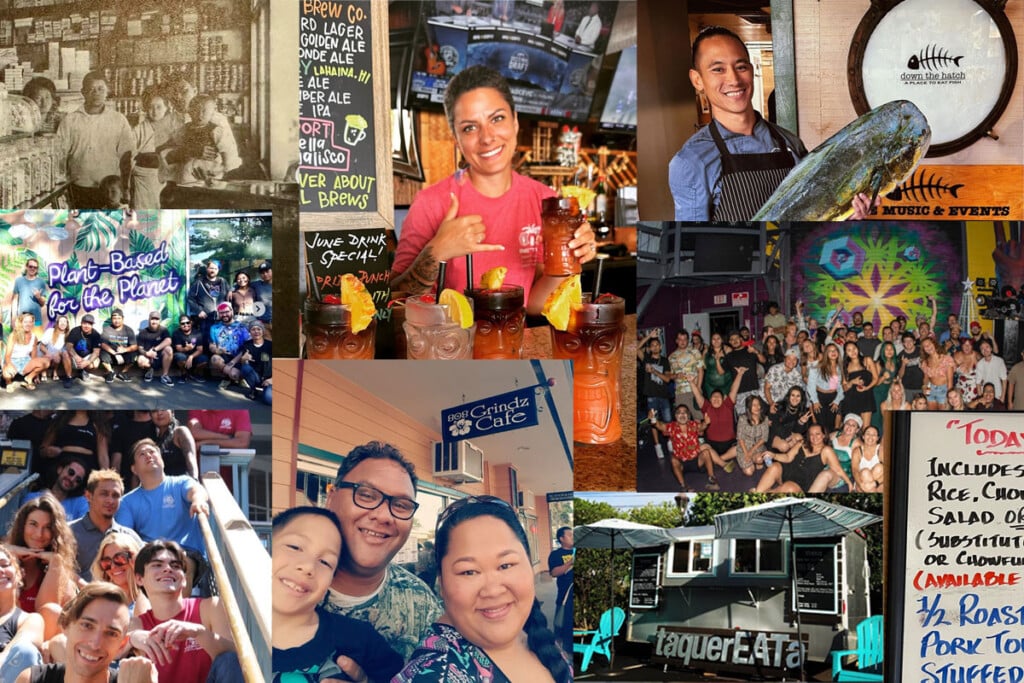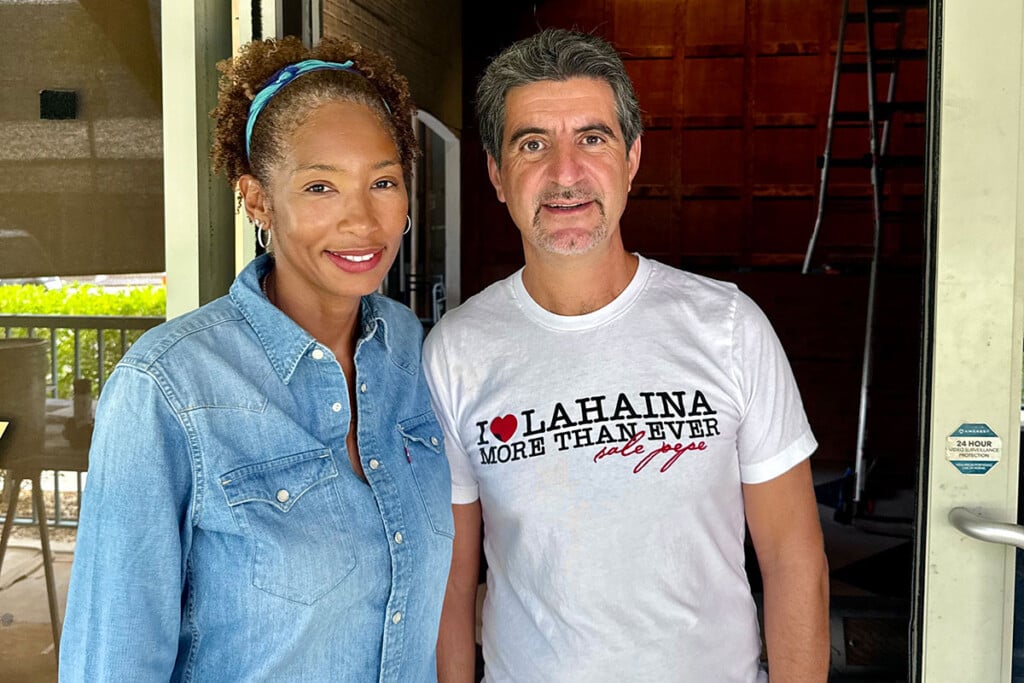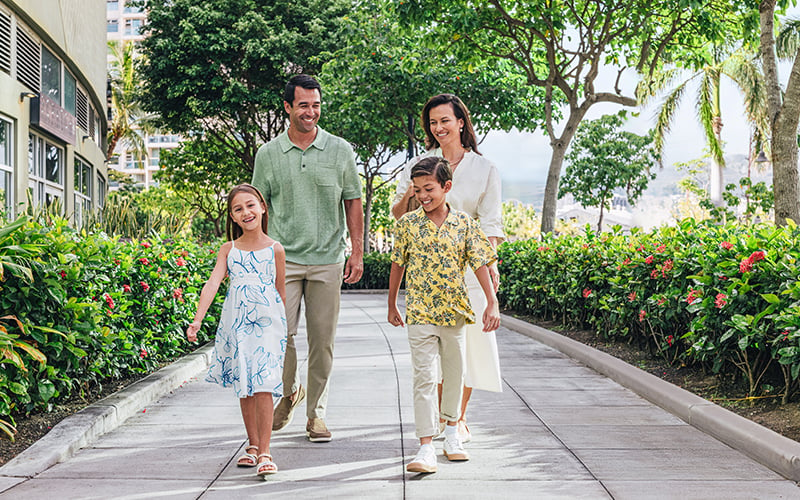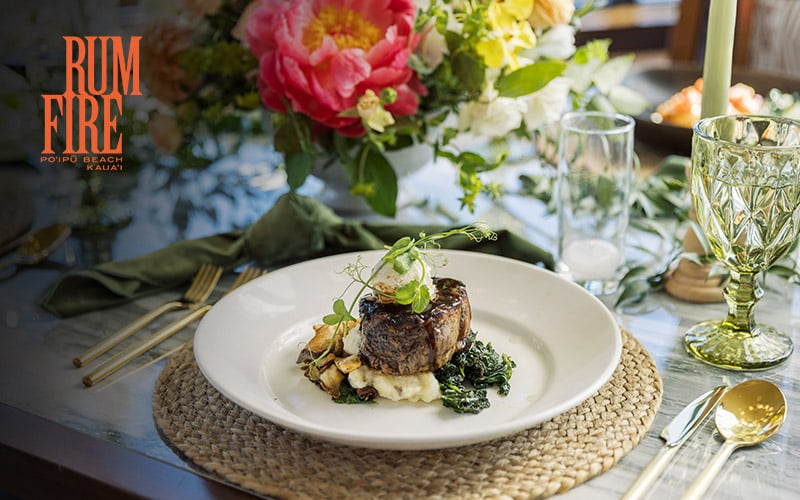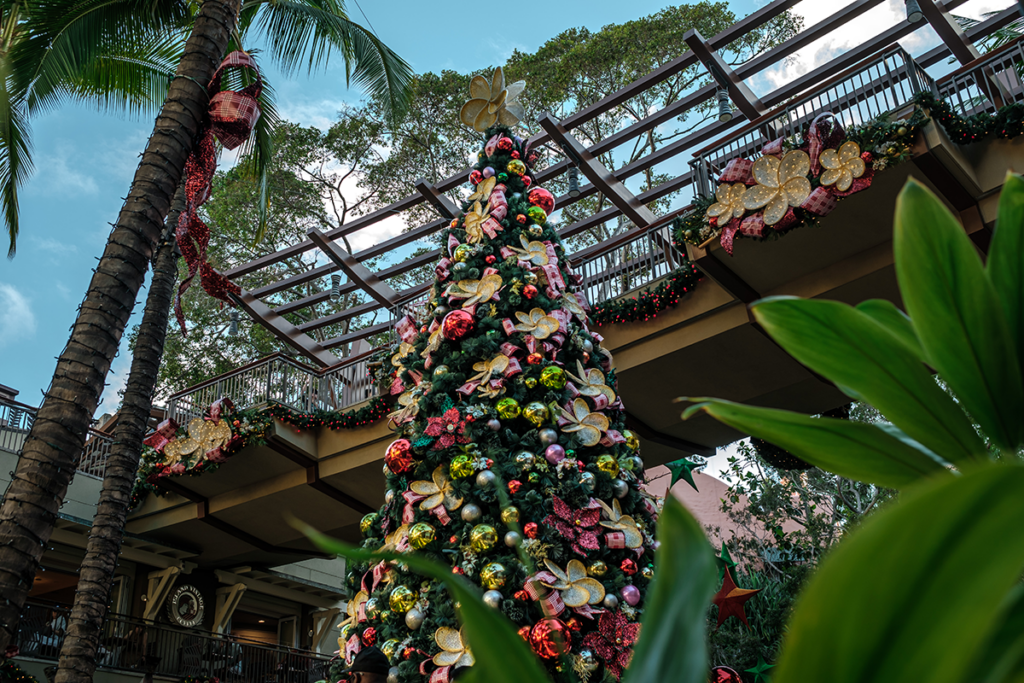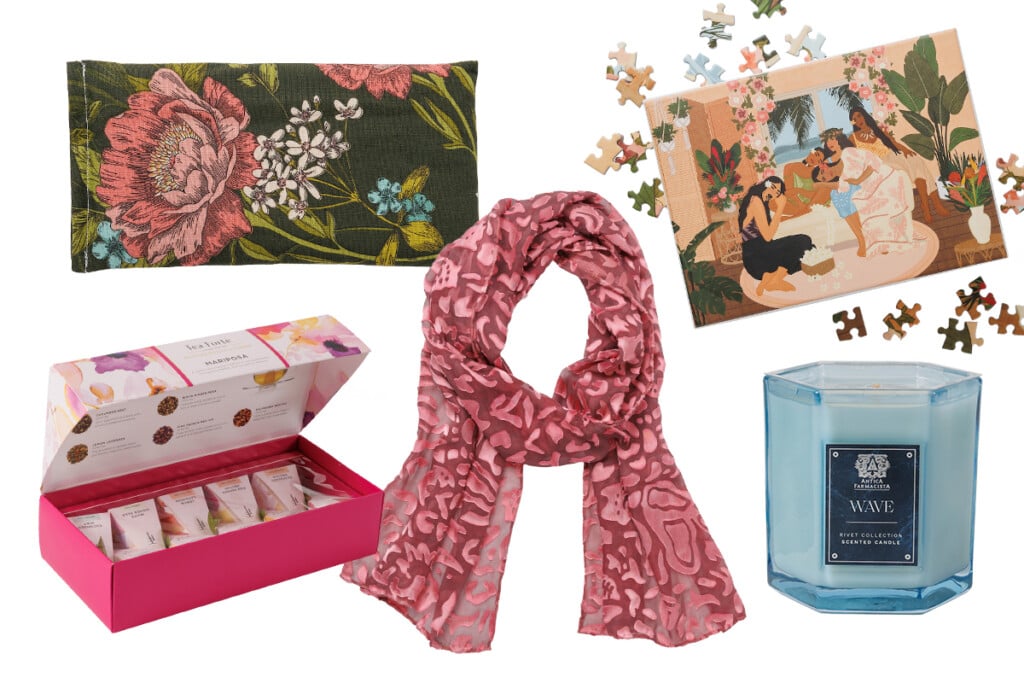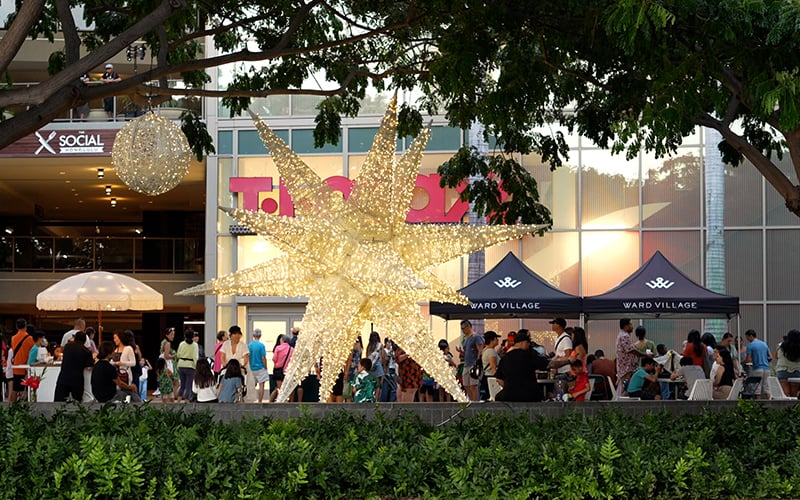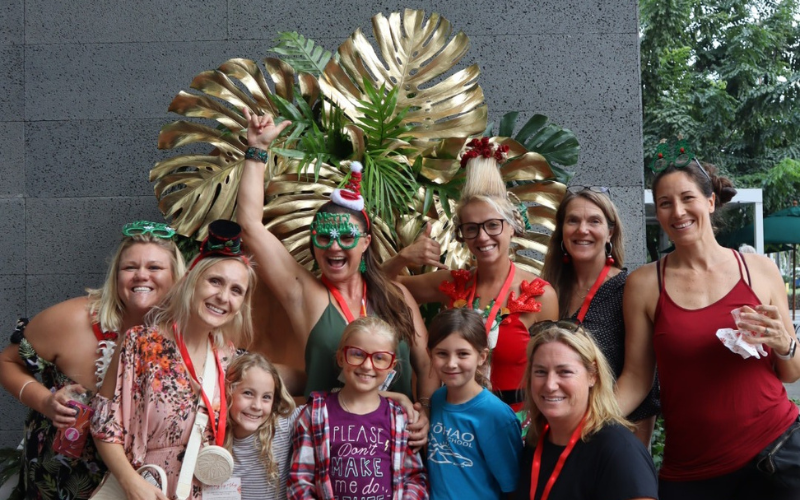The Way Back: “We Got It”
A longtime Lahaina native says the community’s Native Hawaiians have scattered for now, but they’ll return.
Weeks after fires obliterated Lahaina, survivors are grappling with shock and grief. And they’re talking about renewal. Here, a Buddhist priest, a Hawaiian cultural practitioner, a teacher of ‘ōlelo Hawai‘i, and husband-and-wife restaurateurs outline visions that touch the heart of a community.
SEE ALSO:
The Way Back: “This Will Be My Answer”
The Way Back: “Rooting a New Lahaina”
The Way Back: “The Only Way Out Is to Go Back In”
“You’re in the heart of Lahaina?” friends would ask Namea Hoshino. And he would drive them past industrial buildings and the Maui Jim office on Waine‘e Street, past the parking lot and down a short dirt road to his family home, on kuleana lands that had been in Hoshino’s family for six generations. “Wow, you live in the heart of Lahaina,” they would say.
The thing is, Hoshino says, when people think of Lahaina, “they think it’s all tourists. But we’re here.” “We” as in the generational Native Hawaiian families that trace their lineages to Lahaina. In the days and weeks after the fire, some of them, including members of his own family, scattered across the island, in shelters and other homes. But they’ll return, he says: They will return. “For our families, Lahaina’s always going to be our home. Everybody’s gonna feel the need to come home.”

Photo: Courtesy of Namea Hoshino
While people often associate Nānākuli and Wai‘anae on O‘ahu with Hawaiians, he says Lahaina, too, is a Native Hawaiian stronghold. “There are all the generational families still here,” he says, in Lahaina town, Kaua‘ula Valley, and in Leali‘i, the first part of a Hawaiian Home Lands development of about 100 houses that was completed in 2007. “Genealogies always resonate here,” he says, a result of the large Native Hawaiian population in the area when Lahaina was the capital of the Hawaiian Kingdom.
“When it comes to water issues, land issues, Lahaina itself, Maui itself, has always been on the forefront of protecting our lands and waters” in modern times, Hoshino says. “Our community has always been fighting for what needs to be here and what needs to be protected. Sometimes that decision doesn’t fall in our favor. But we still keep on track. We still keep on fighting. And that’s the whole thing about Lahaina—it’s always been special to us to continue to really fight.”
He remembers, as a child in 1995, waving signs with his family on Honoapi‘ilani Highway as part of a demonstration to stop the selling and leasing of ceded lands. Now, once again, he sees the need to protect Lahaina. He worries Hawaiian voices will be ignored during the grieving process and, eventually, in the rebuilding. He cites memories from 2018, when a fire burned in Kaua‘ula Valley, and the community’s concerns about evacuation routes, power lines and emergency sirens were ignored. And then there is the mistrust that traces back generations to lands stolen and a kingdom overthrown.
“Now, there are a lot of different organizations here, FEMA, the Red Cross. But it’s hard to trust a government that has not stood up for the people. And there’s this slight fear that they’re going to make us feel … ” he breaks off. “My mom went to Red Cross, and because of my nieces and nephews, she wanted to get an extra plate and the person said, ‘No, you cannot.’ And my mom just broke down—‘Why you have to talk like that?’ These are the kinds of things that a lot of us fear, that we’re gonna be treated like this. That’s why our families came in and said, ‘We got it; we don’t need you guys.’”
The Hawaiians are running their own aid stations, at least eight at the time we spoke, spread throughout West Maui. The stations offer supplies and medics, the latter coordinated by Hoshino’s partner, Noelani Ahia, co-founder of the Mauna Medic Healers Hui.
And at Leali‘i, which survived largely intact, there is a sense of hunkering down, its entrance guarded 24 hours a day, Hoshino says, to keep out nosy tourists and media, while food, water and fuel are brought in from Native Hawaiian communities. “We going to be here for the long haul,” he says, to “see these projects through. Because if we’re not here, they can take away things just like that.”
There is a photo from January 2020 of Hoshino, who is the Hawaiian cultivars manager at Maui Nui Botanical Gardens, planting kalo with schoolchildren in a new Lahaina cultural park where King Kamehameha’s royal kalo patch once was. It’s just a five-minute walk from his family’s house. The kalo is now ash. So, too, is his home. Only his poi pounder had survived the fire.
